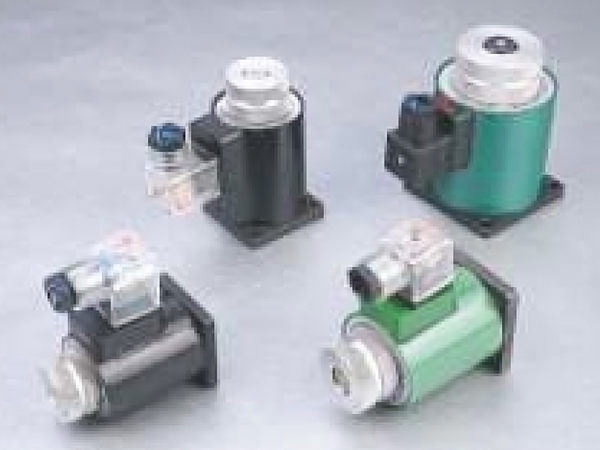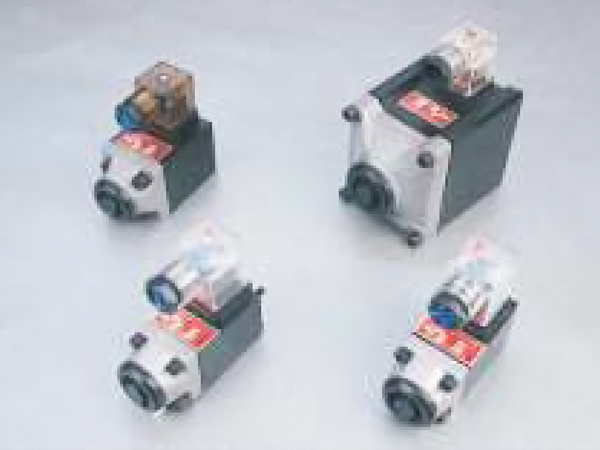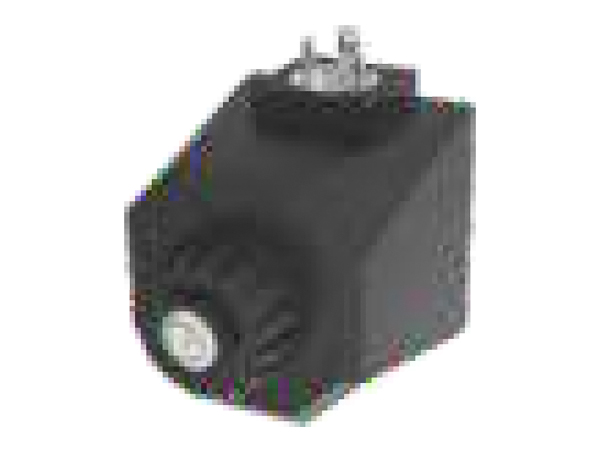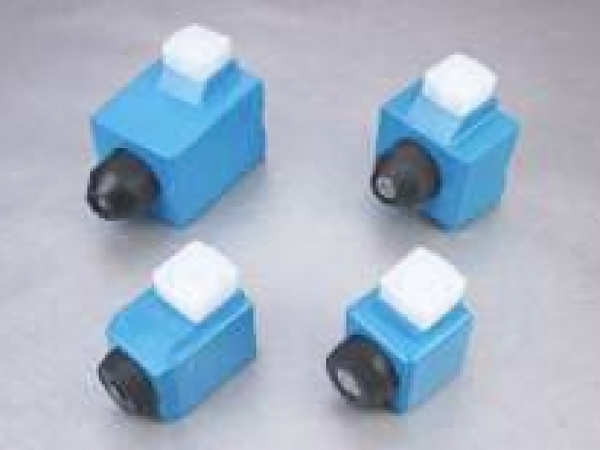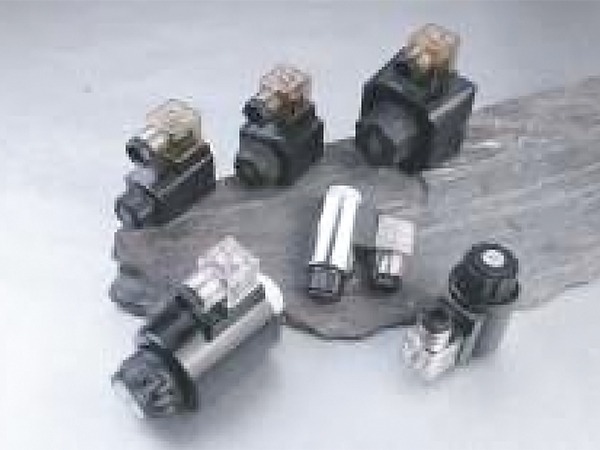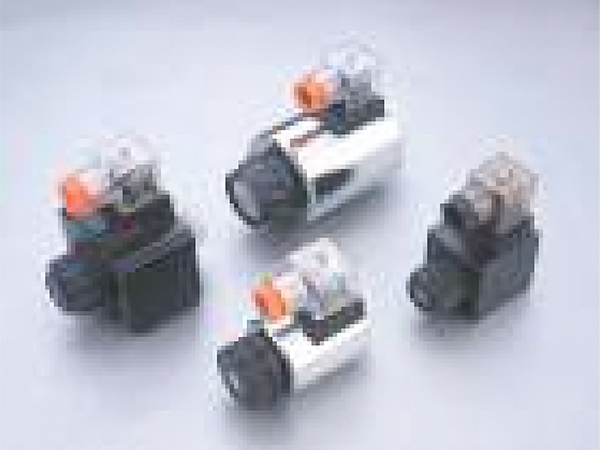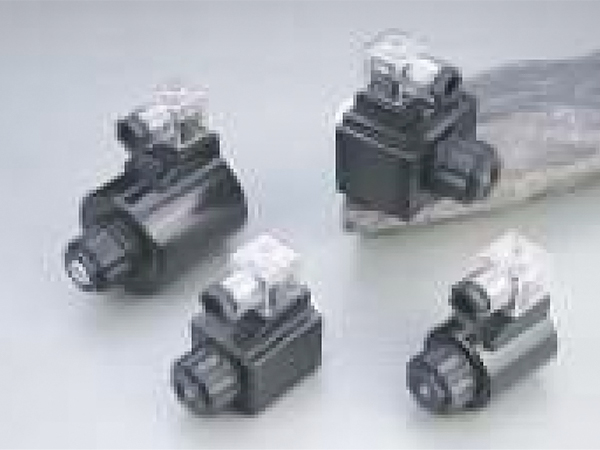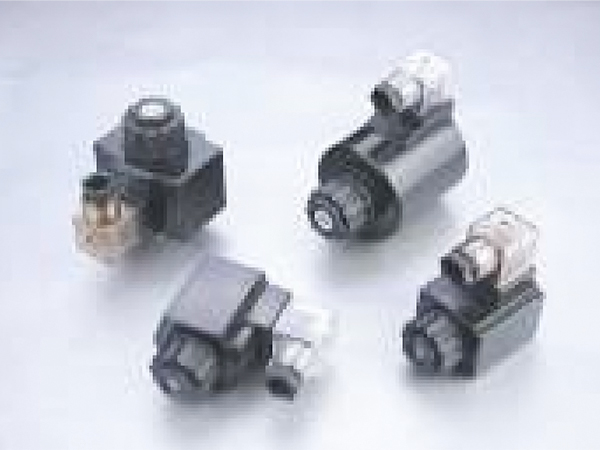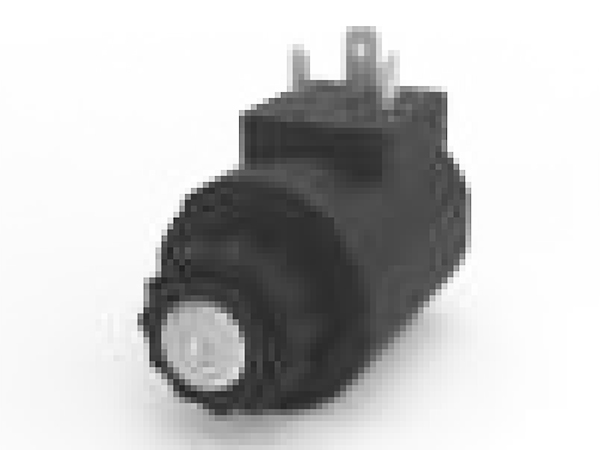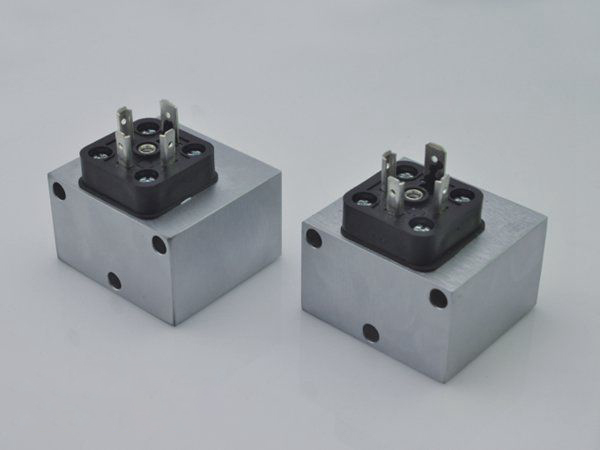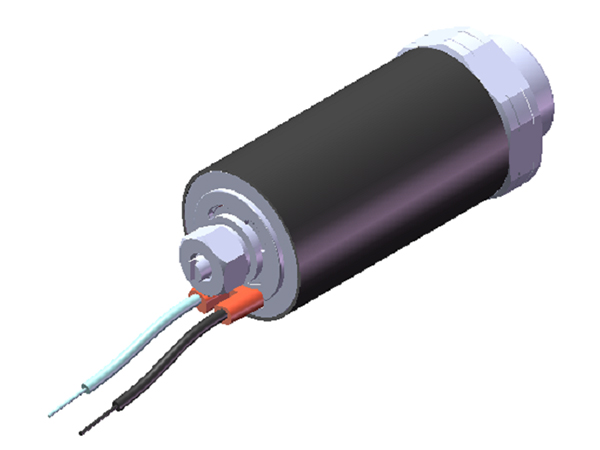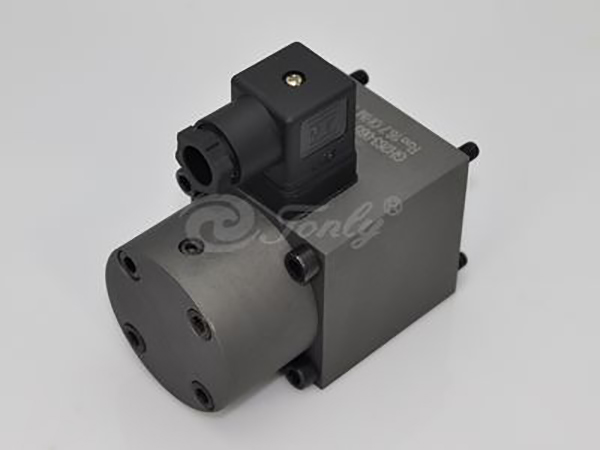How does the responsiveness of a Hydraulic Position Sensor influence the control of motion and precision in automated hydraulic systems?
Faster Feedback Loop: The Hydraulic Position Sensor’s responsiveness is defined by its ability to detect and communicate position changes in real-time. In automated hydraulic systems, a faster feedback loop allows for immediate adjustments to the flow and direction of hydraulic fluid, enabling the system to react more quickly to control commands. This rapid feedback is essential in applications where precision is required, such as automated manufacturing, robotic operations, or high-speed assembly lines, ensuring smooth and uninterrupted processes without delay or jerky movements.
Improved Motion Control: The responsiveness of the position sensor enhances the system's motion control by providing continuous, accurate data on the actuator's position. When the sensor detects even slight changes in position, it informs the control system almost instantaneously. The control system can then adjust the hydraulic pressure, flow rate, or direction, ensuring the motion of cylinders or actuators is precise, smooth, and fluid. In environments where consistent speed, position, and force are required, such as in aerospace, automotive manufacturing, or CNC machining, the enhanced responsiveness directly contributes to improved performance and fewer errors.
Enhanced Precision: Precision is a cornerstone of automated hydraulic systems. A responsive Hydraulic Position Sensor allows for more accurate movement by ensuring that each position is continuously monitored and adjusted. The control system can process feedback in real-time, correcting any small deviations immediately. This is particularly important in applications that require extremely tight tolerances, such as in medical devices or scientific instruments, where even minor inaccuracies could lead to major malfunctions. The sensor's ability to relay precise data ensures that the system maintains accuracy during all phases of operation.
Reduced Error and Overshoot: Hydraulic systems with a less responsive sensor may experience delay in feedback, leading to overshoot or oscillations in position as the control system struggles to adjust. A responsive Hydraulic Position Sensor helps mitigate this by ensuring that position corrections happen as soon as discrepancies arise. This results in a system that doesn't overcompensate or lag behind, leading to smoother and more predictable motion control. Such precision is critical in applications where high-speed operations are common and where errors can lead to system inefficiencies or even equipment damage.
Real-time Adjustments: Automated hydraulic systems rely on continuous feedback to ensure that adjustments are made instantly to maintain optimal performance. Responsive sensors allow for continuous monitoring of the actuator's position, enabling real-time adjustments of key parameters, such as hydraulic pressure and valve positions. For example, in load handling systems, if the weight or resistance changes suddenly, the responsive sensor ensures that the system compensates immediately, ensuring load stability and preventing potential damage or failure.
Adaptation to Variable Loads: Many hydraulic systems operate under varying loads, with conditions changing based on the system’s use. A responsive Hydraulic Position Sensor quickly detects changes in load, pressure, or resistance and relays that data to the system's control unit. The control system then adjusts the hydraulic force or pressure to compensate for the change, ensuring that the system continues to perform optimally. This capability is crucial in heavy machinery, construction equipment, or material handling systems, where load fluctuations are frequent, and system stability must be maintained to prevent wear and tear, overheating, or mechanical failure.
For more information, please call us at + 86-574-88452652 or email us at [email protected].
Product Categories
The Proportional Solenoid for Hydraulics is designed to provide fine-tuned regulation of fluid flow ...
Hydraulic presses are used in industries such as metalworking, plastic molding, and stamping. Hydrau...
The integration of an External Shock-Absorbing Solenoid Valve provides substantial improvements in s...
Coils for Cartridge Solenoid Valves used in mobile hydraulic and industrial equipment must be design...
Coils designed for higher voltages have higher internal resistance due to longer or thinner wire win...
The precise alignment of the Hydraulic Position Sensor is fundamental to its operation. For the sens...

 English
English 简体中文
简体中文